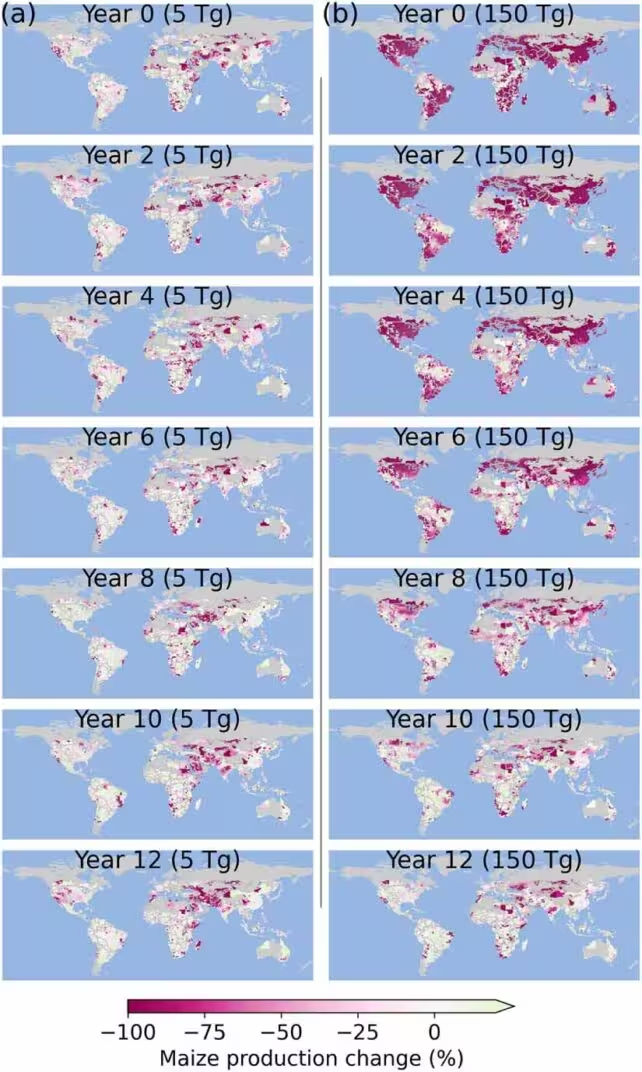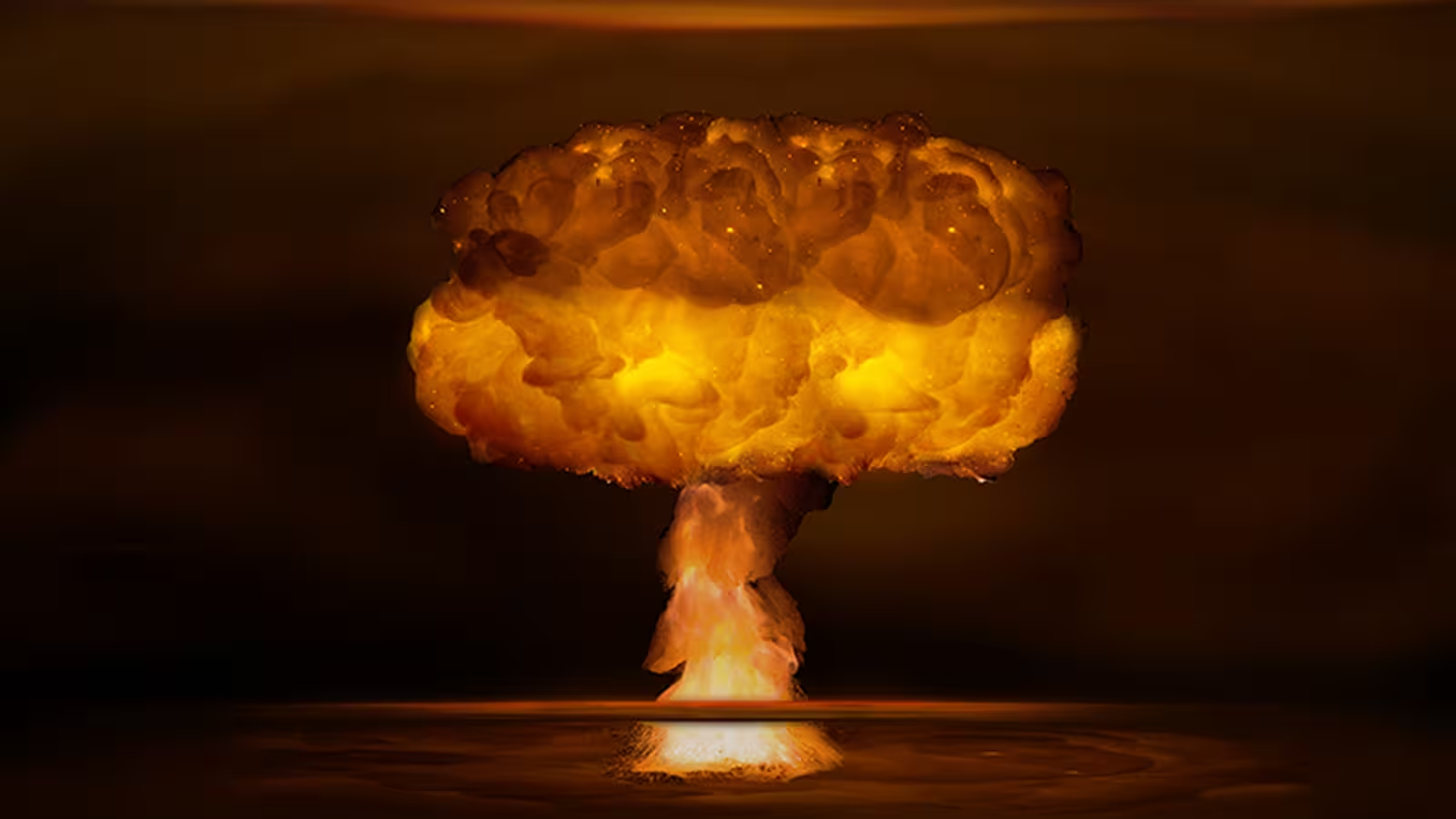5 Minutes
Scientific background and global stakes
Nuclear winter describes a extreme climate scenario in which large-scale nuclear conflict launches firestorms that loft vast amounts of soot and dust into the upper atmosphere. This aerosol haze blocks sunlight for years, chilling ecosystems and threatening food production worldwide. While the immediate blast zone draws most attention, the atmospheric consequences could ripple across continents, disrupting crop yields, livestock health, and food availability on a global scale. A recent Penn State–led study uses corn as a sentinel crop to illuminate how diverse nuclear-winter scenarios might shape agriculture across the planet. Corn, or Zea mays, is the world’s most widely grown grain and serves as a practical proxy for tracking food-system resilience under extreme atmospheric stress.
Experiment design: how the study modeled global food production
Researchers conducted a large-scale simulation of corn production across 38,572 locations worldwide to estimate agricultural outcomes under six escalating nuclear-war scenarios. The models varied soot injections into the atmosphere from a low of about 5 million tons to a high of 165 million tons, capturing a range of possible global impacts. The team focused on corn as a representative, widely cultivated crop to infer broader effects on agriculture and food supply chains. (In a more localized case, the study notes a scenario with 5.5 million tons of soot could still produce meaningful losses at the global scale.)
According to the scientists, the results align with intuitive expectations: even a relatively small atmospheric perturbation can meaningfully reduce global corn yields, while a full-scale nuclear exchange could trigger extensive crop shortages. This research highlights how atmospheric physics and photochemical processes translate into real-world implications for food security and economic stability across regions that rely on stable harvests.
Key findings: the magnitude of impact and the role of ozone
The simulations reveal a broad spectrum of outcomes. A localized nuclear event releasing roughly 5.5 million tons of soot would lower world corn production by about 7 percent. In contrast, a global war releasing 165 million tons could slash corn production by as much as 80 percent. A further complication arises from atmospheric chemistry: the blast and resulting fireballs generate nitrogen oxides in the stratosphere, which, together with soot heating, can rapidly deplete the ozone layer. The loss of ozone permits higher UV-B radiation at Earth's surface, which damages plant tissue and can further depress yields. UV-B is projected to peak six to eight years after a nuclear conflict, adding an estimated 7 percent additional reduction to corn production in that window. Taken together, the combined effect could push total crop losses toward roughly an 87 percent decline, risking a global food crisis and triggering cascading alimentar disruptions.

Recovery timelines and regional differences
Recovery of global corn production is not immediate. The models project a multi-year path back to prewar levels, with an estimated 7–12 years needed for substantial rebound, depending on the severity of the initial event. Regional dynamics matter: the Southern Hemisphere generally shows a faster return to normal than the Northern Hemisphere, and regions nearer the equator tend to recover more quickly than those toward the poles. These patterns reflect differences in climate, growing seasons, and crop-management constraints across latitudes.
Mitigation strategies and policy implications
Beyond understanding the risk, the study explores potential mitigation and adaptation options. One promising approach is adopting corn varieties better suited to cooler temperatures and shorter growing seasons, which could reduce yield losses by up to about 10 percent under adverse conditions. In addition, the researchers propose the concept of agricultural resilience kits—region-specific seed collections carefully selected to align with plausible climate scenarios. Such kits could help sustain food production during the unstable years that follow a nuclear event, while supply chains and infrastructure recover. Lead developer Armen Kemanian emphasizes that resilience strategies could extend to other disaster contexts, underscoring the importance of proactive planning when catastrophes of this magnitude threaten global food systems.
Conclusion
The Penn State analysis underscores a sobering possibility: nuclear winter could deeply disrupt global food production, with impacts amplified by ozone depletion and UV radiation. While adaptation and resilience measures can mitigate some losses, the safest course remains preventing nuclear conflict and investing in robust, regionally tailored agricultural strategies. The findings contribute to a growing body of work that links climate physics, crop science, and policy planning in the shared goal of safeguarding food security for a warming, interconnected world.
Source: sciencealert


Leave a Comment